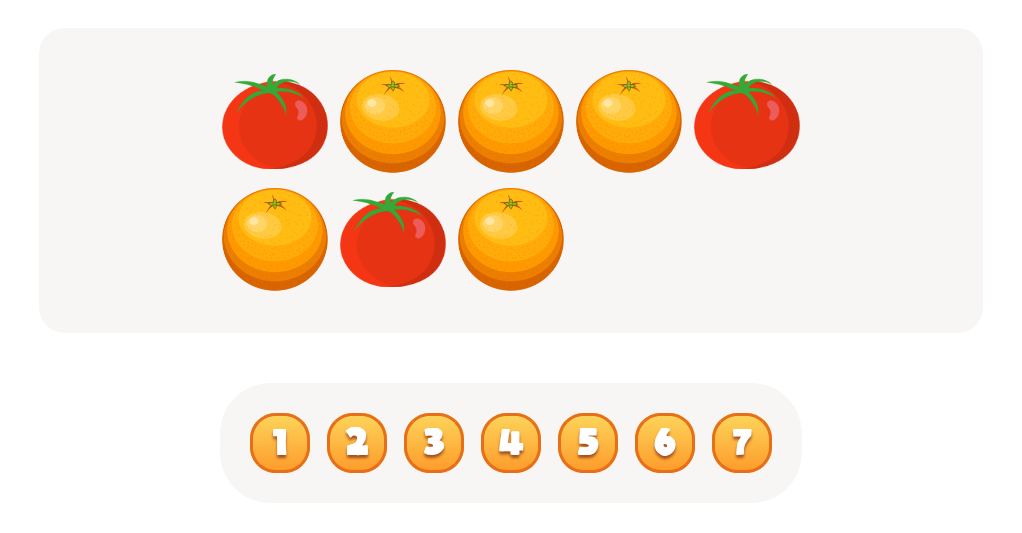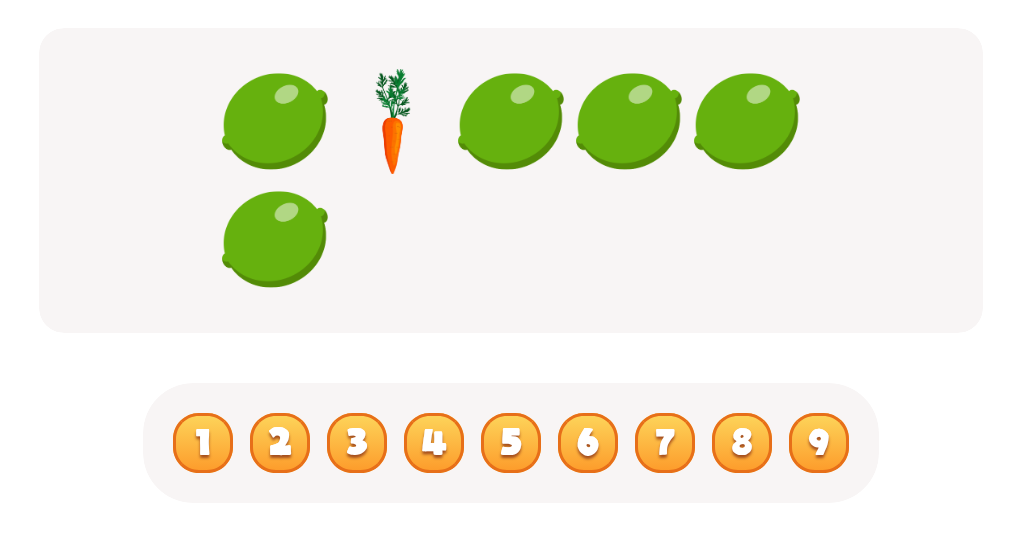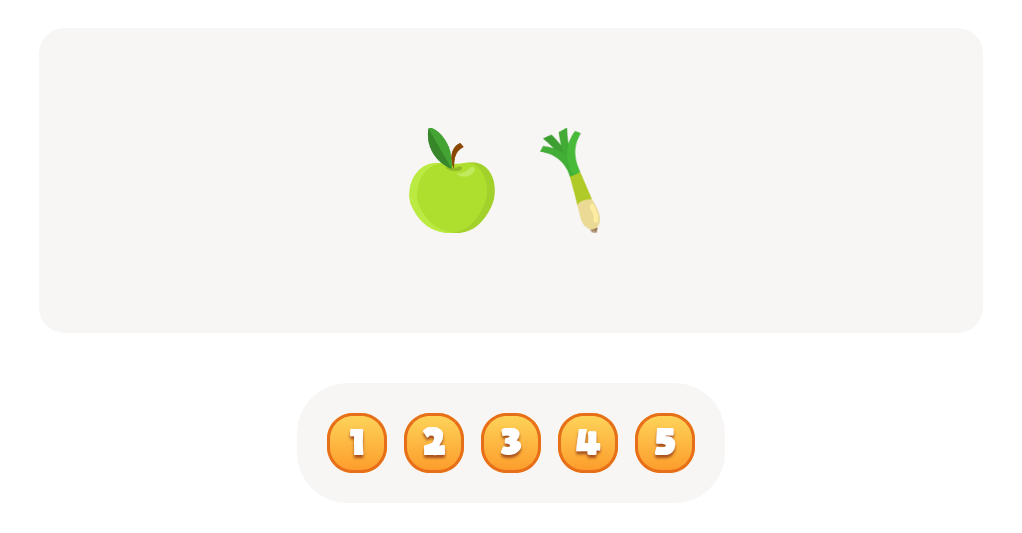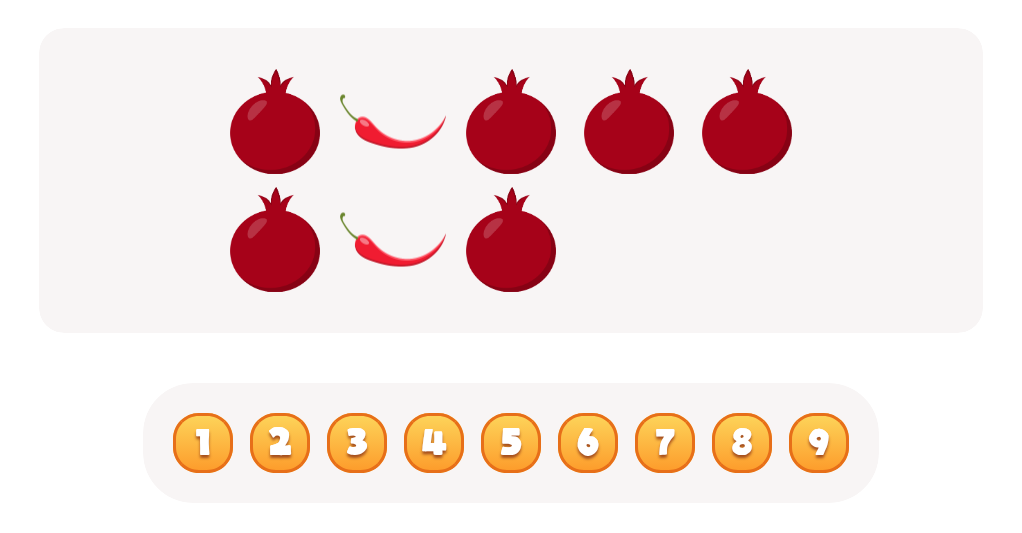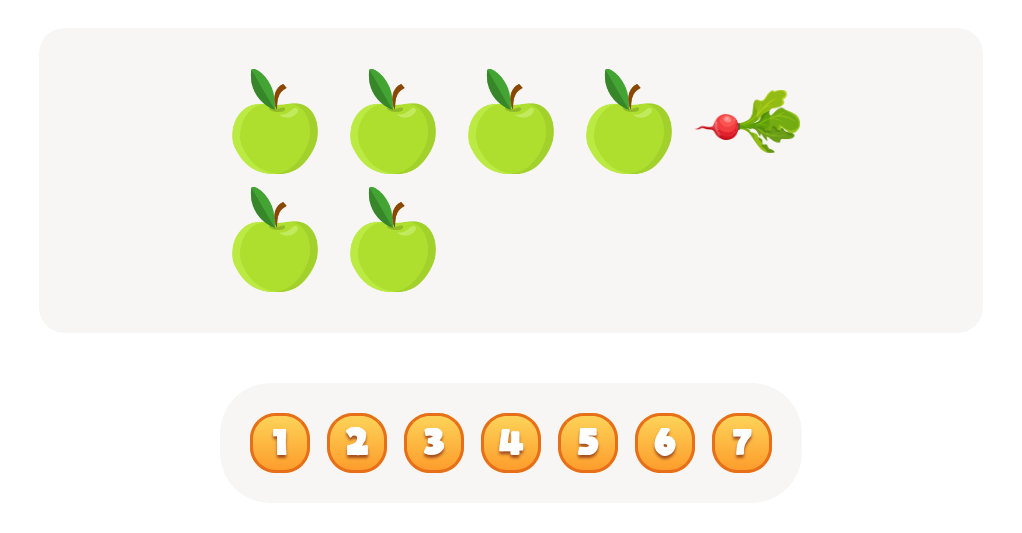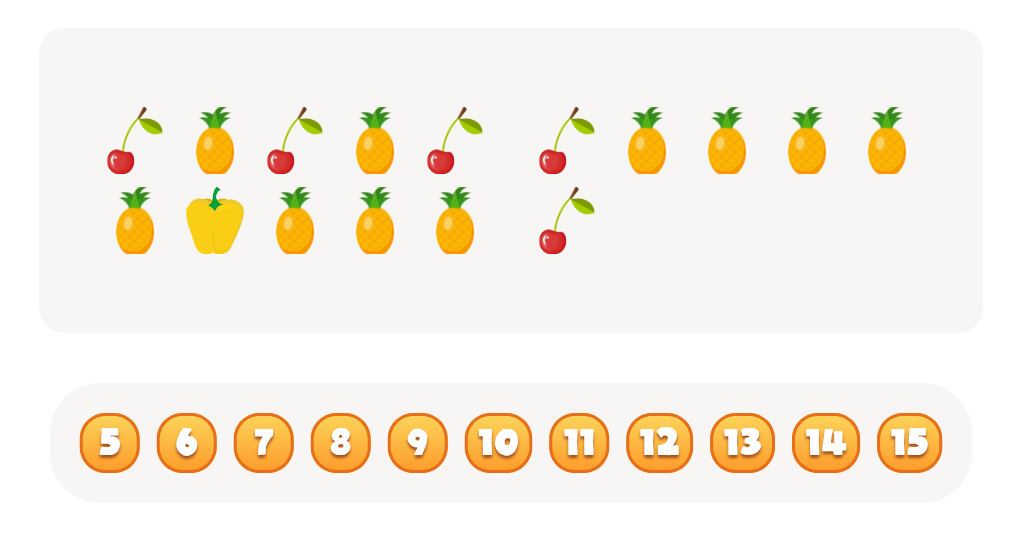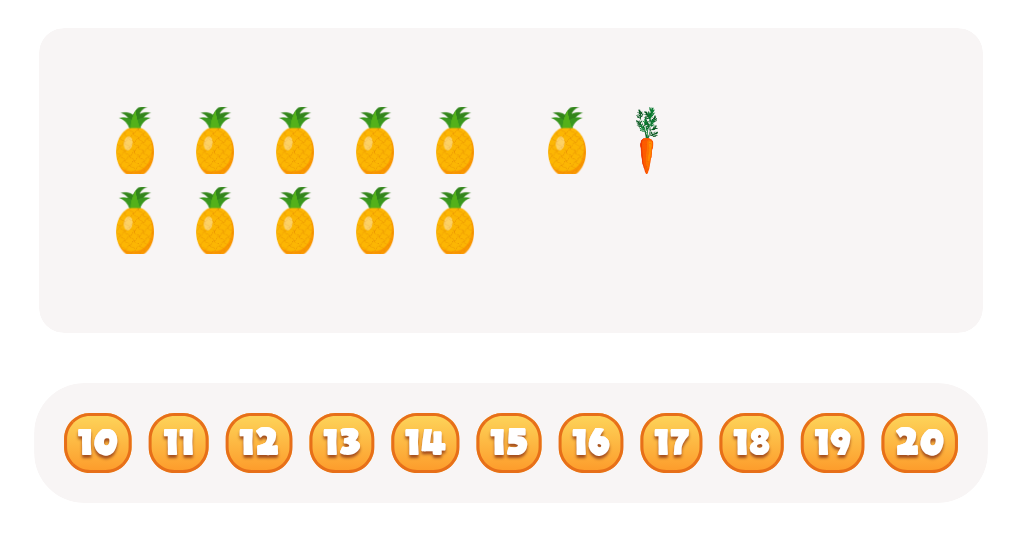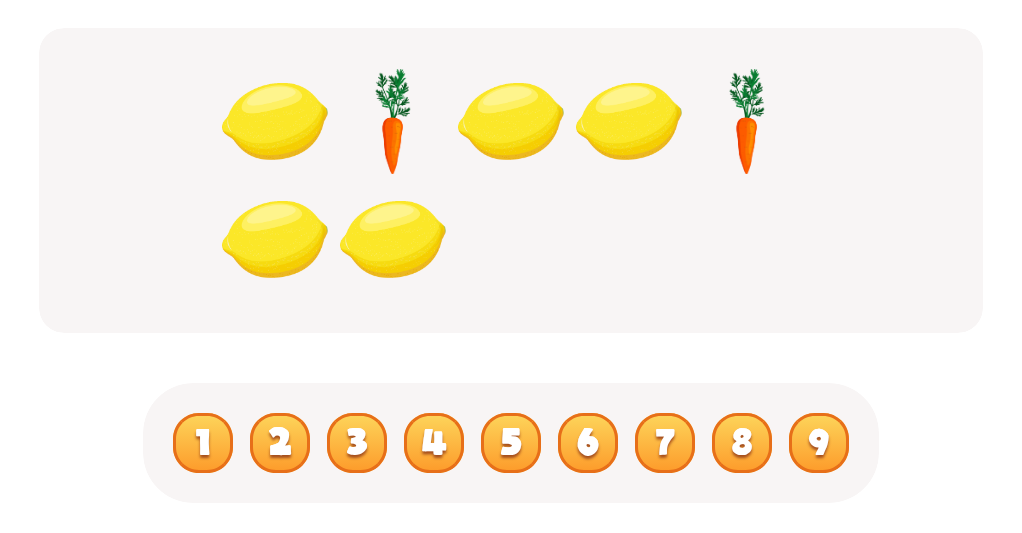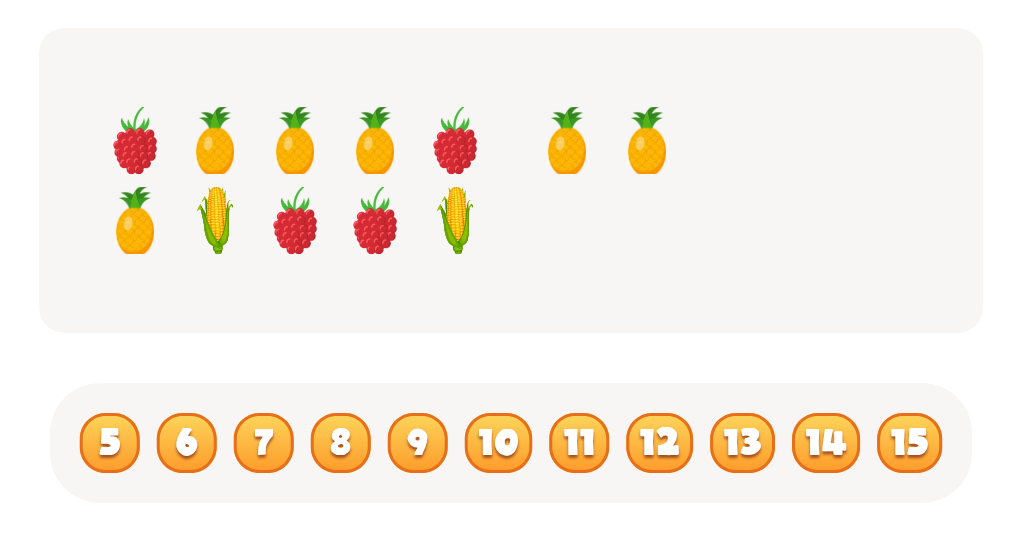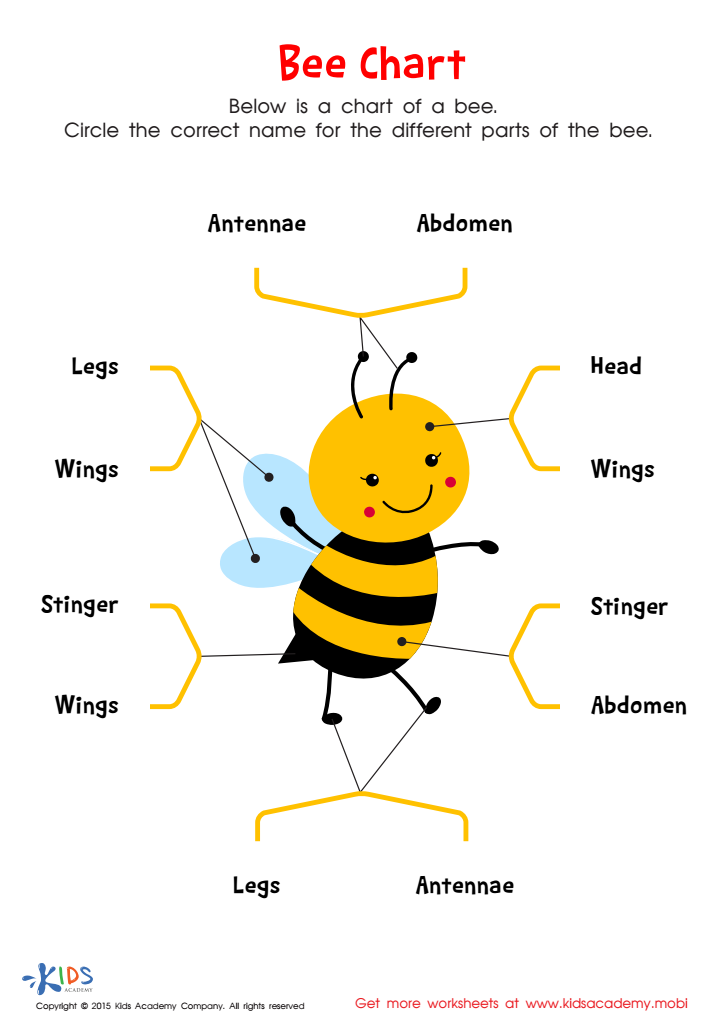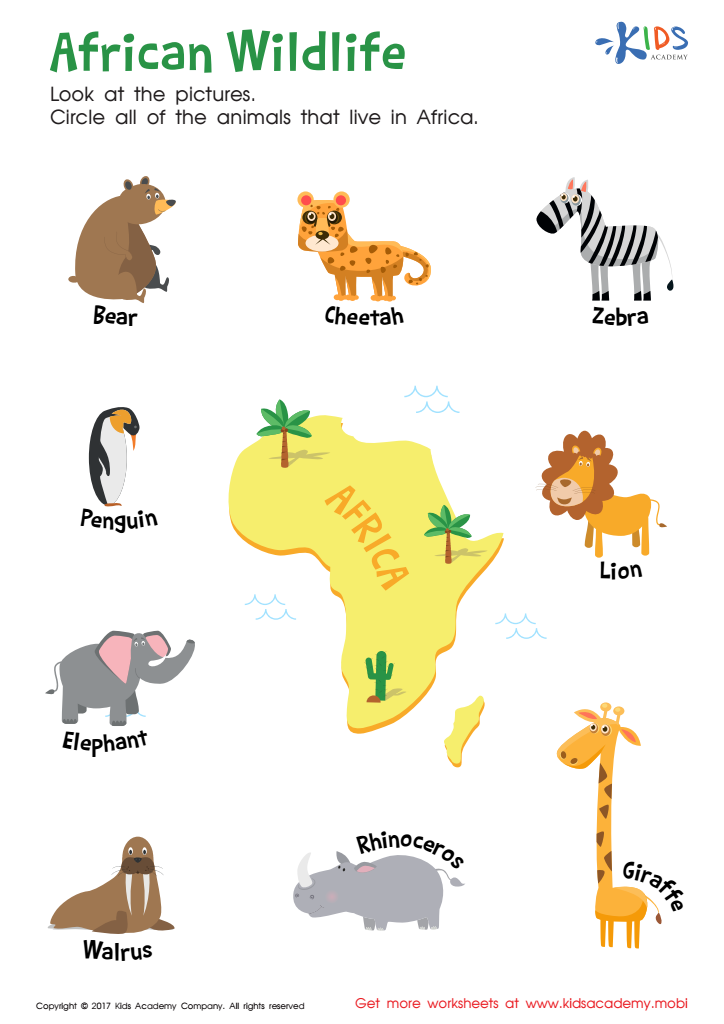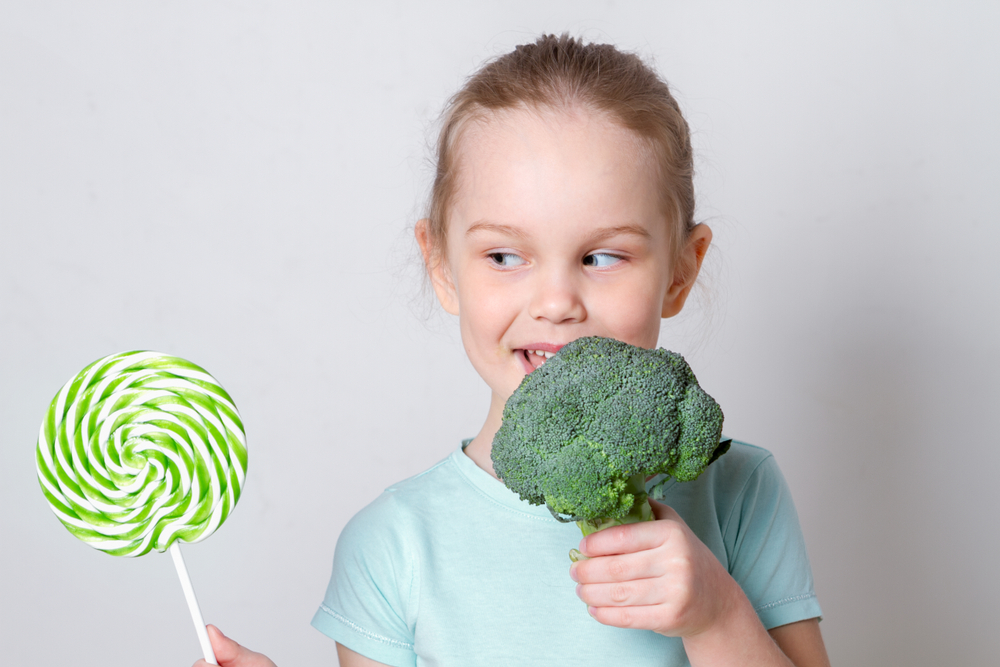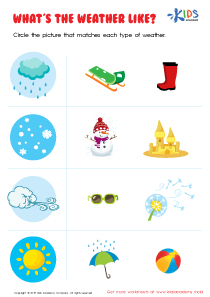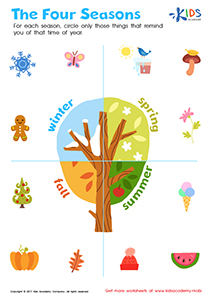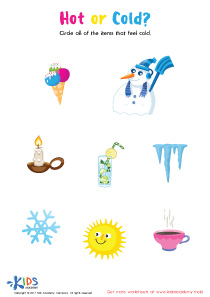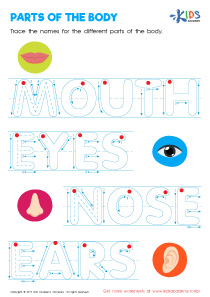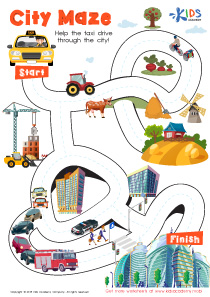Plants and Animals Worksheets for Ages 7-9
12 filtered results
-
From - To
Explore our engaging "Plants and Animals Worksheets for Ages 7-9", designed to inspire young minds about the natural world. These worksheets provide a fun and educational way for children to learn about various plant and animal species, their habitats, and unique characteristics. Each activity encourages critical thinking and creativity through illustrations and interactive exercises, perfect for developing observational skills. Aligned with educational standards, our resources help reinforce classroom learning and can be easily integrated into at-home study sessions. Empower your child to appreciate nature while building essential skills through our thoughtfully crafted worksheets today!
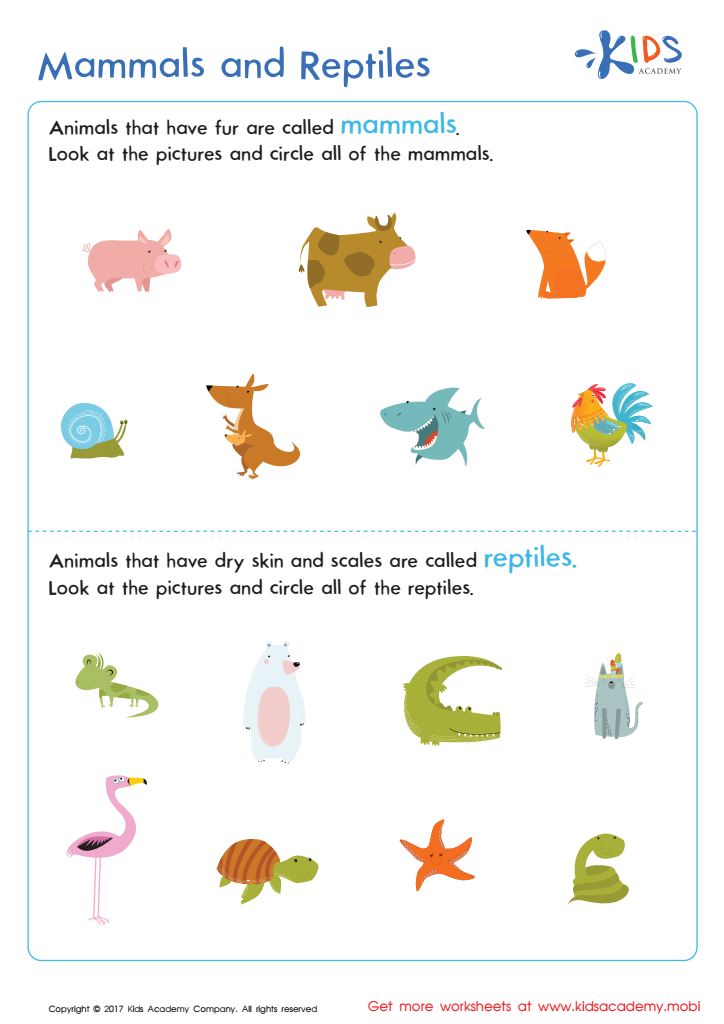

Mammals and Reptiles Worksheet
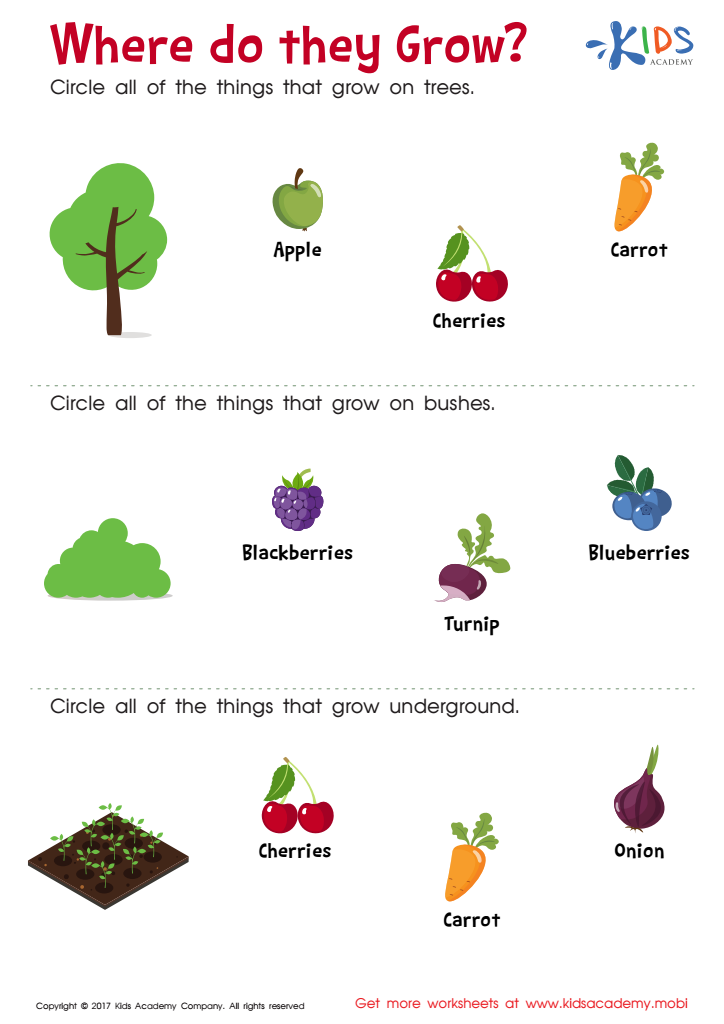

Where Do They Grow Worksheet


African Wildlife: Giraffe Worksheet
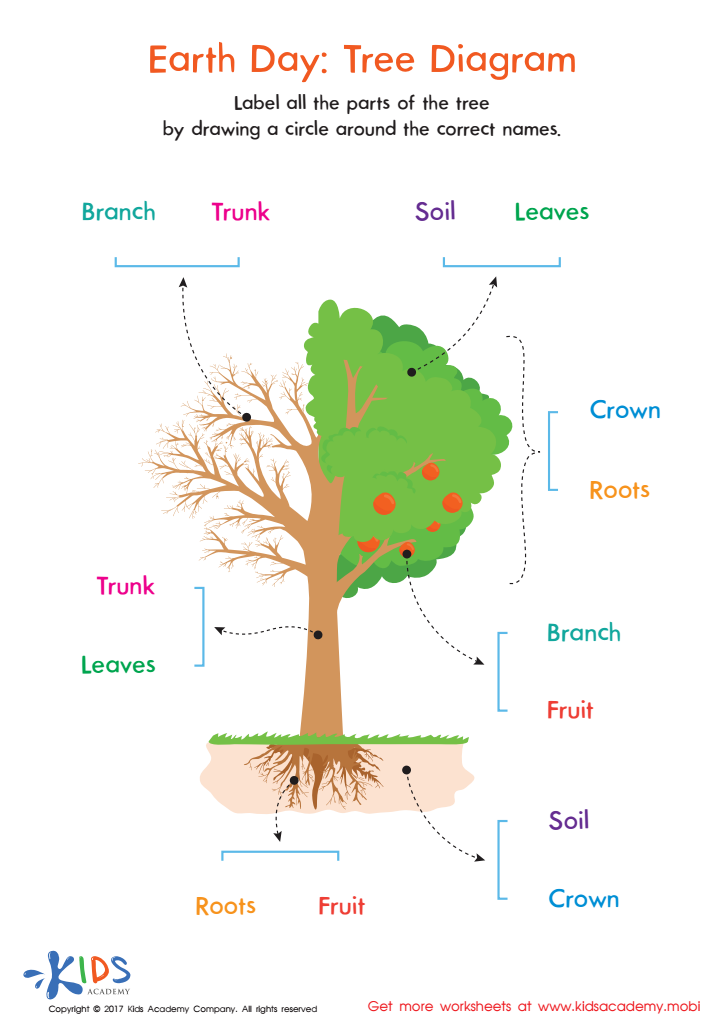

Earth Day: Tree Diagram Worksheet
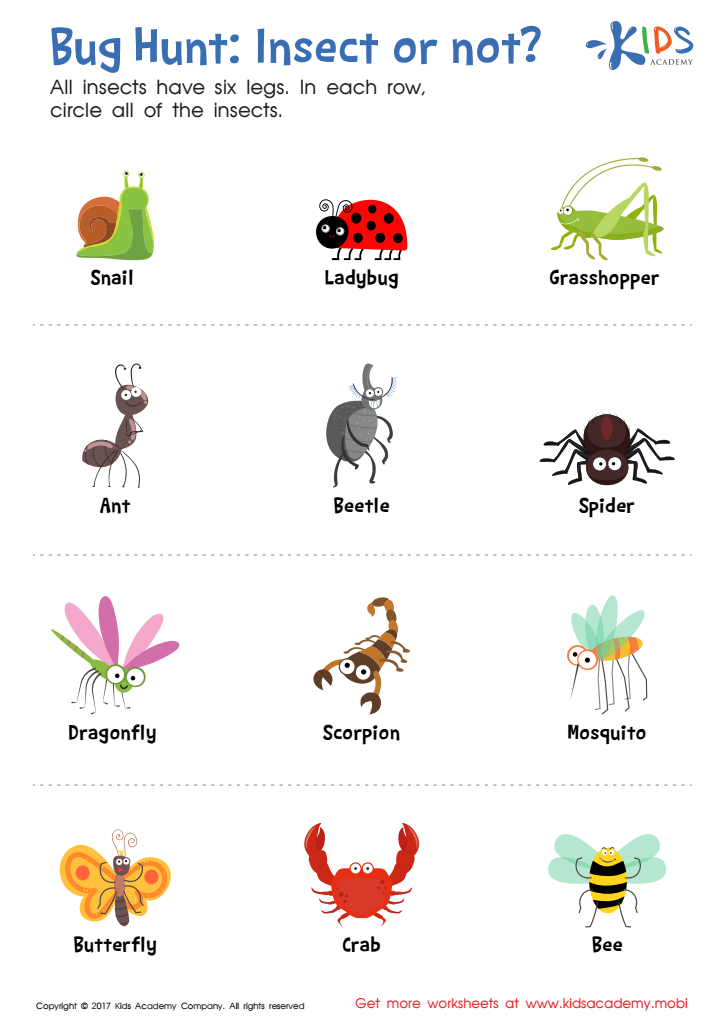



Life Cycle of a Plant Worksheet
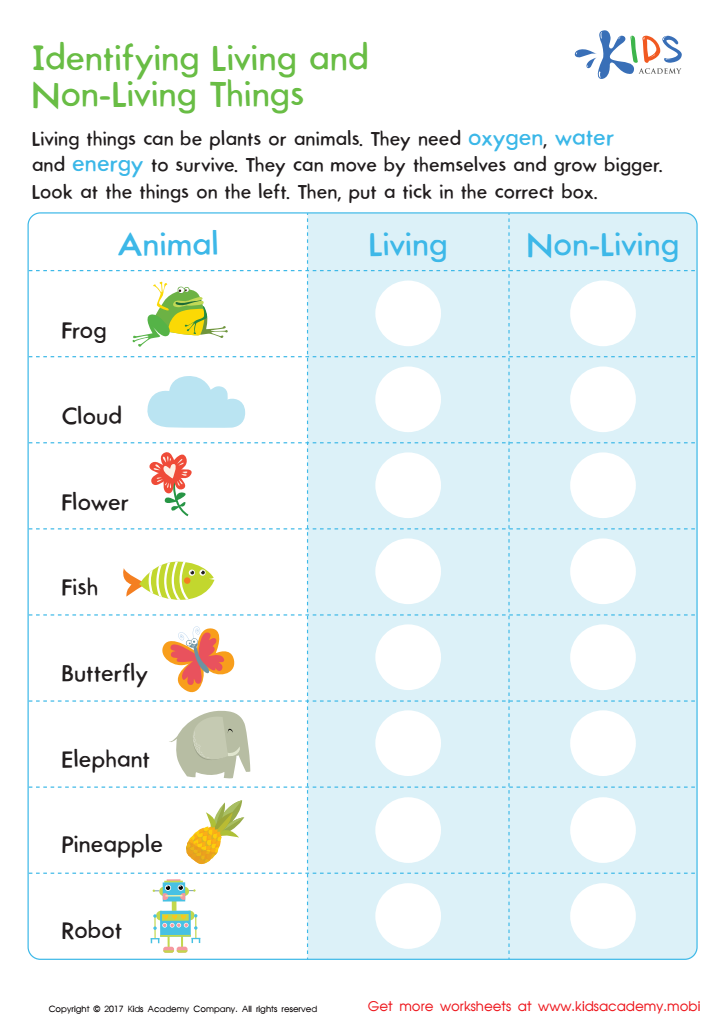

Identifying Living or Non–living Worksheet
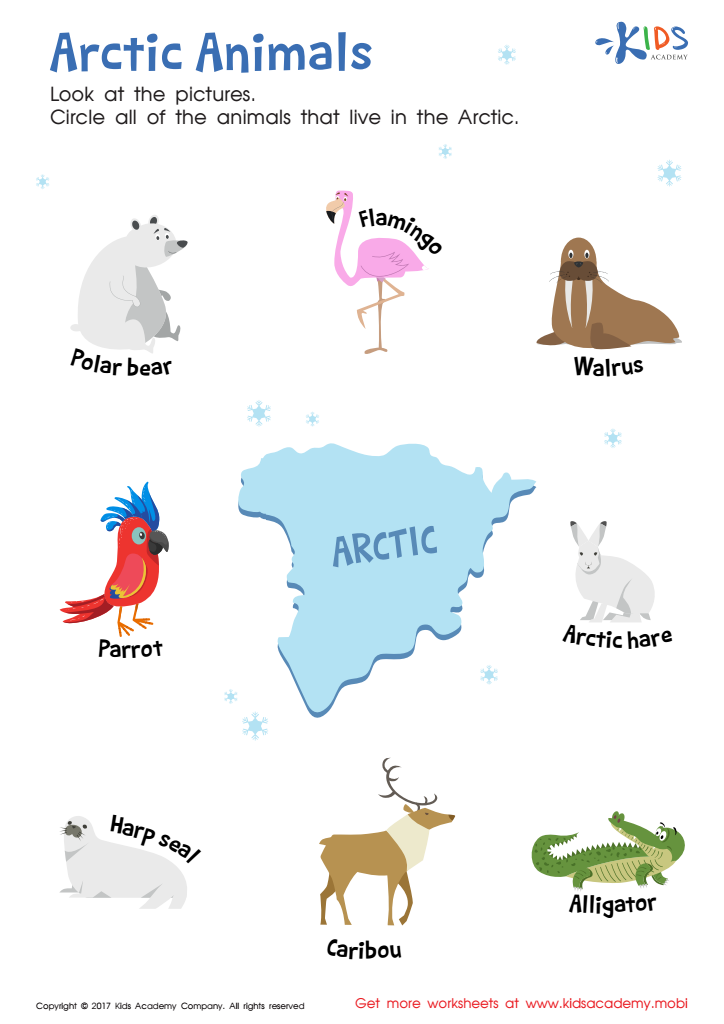

Arctic Animals Worksheet
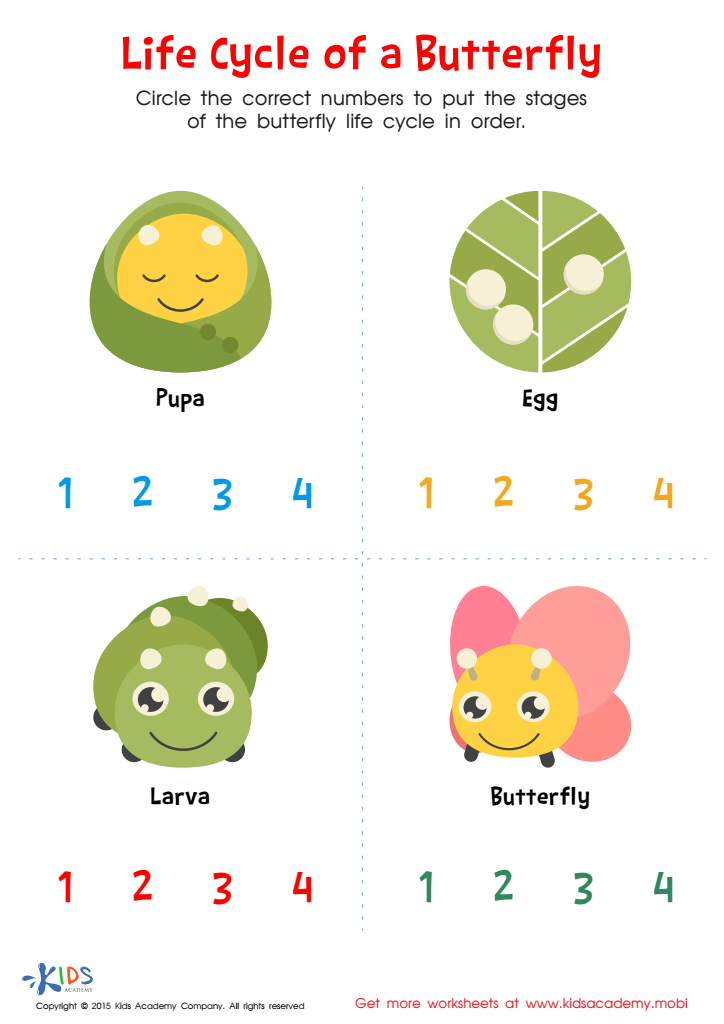

Life Cycle of Butterfly Printable
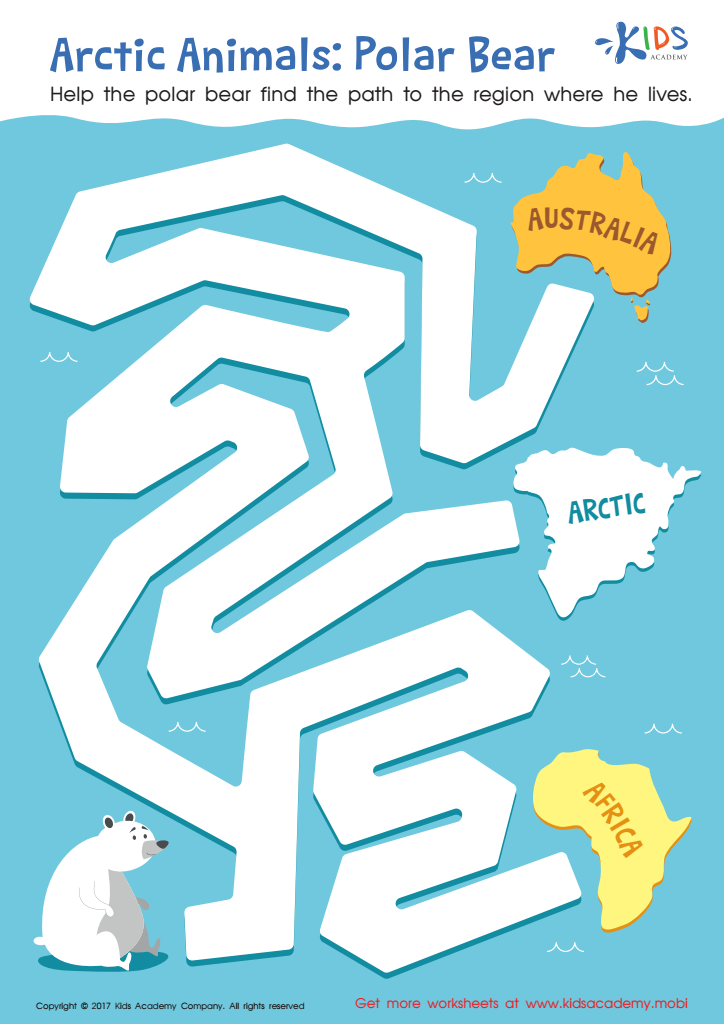

Arctic Animals: Polar Bear Worksheet
Parents and teachers should care about plants and animals because they play a crucial role in children's development, education, and understanding of the world. Teaching kids about plants and animals helps foster a sense of responsibility and fosters environmental stewardship from a young age. Engaging with nature allows children to develop observation skills, critical thinking, and an appreciation for biodiversity.
Learning about plants teaches kids about the food cycle, nutrition, and health, emphasizing the importance of consuming fruits and vegetables. It inspires curiosity about life cycles, ecosystems, and how different organisms interact. Birds, insects, and mammals reveal the wonders of biology and ecology, sparking previous interests that may evolve into lifelong pursuits.
Moreover, spending time outdoors with plants and animals enhances physical health, promotes active lifestyles, and reduces screen time. It instills values like empathy and respect for living beings, encouraging children to care for their environment and others. Lastly, these lessons bridge understanding and creativity, motivating discussions about art, science, and culture. By investing in this knowledge, parents and teachers equip children with the tools to become informed, responsible custodians of our planet.

 Assign to My Students
Assign to My Students

